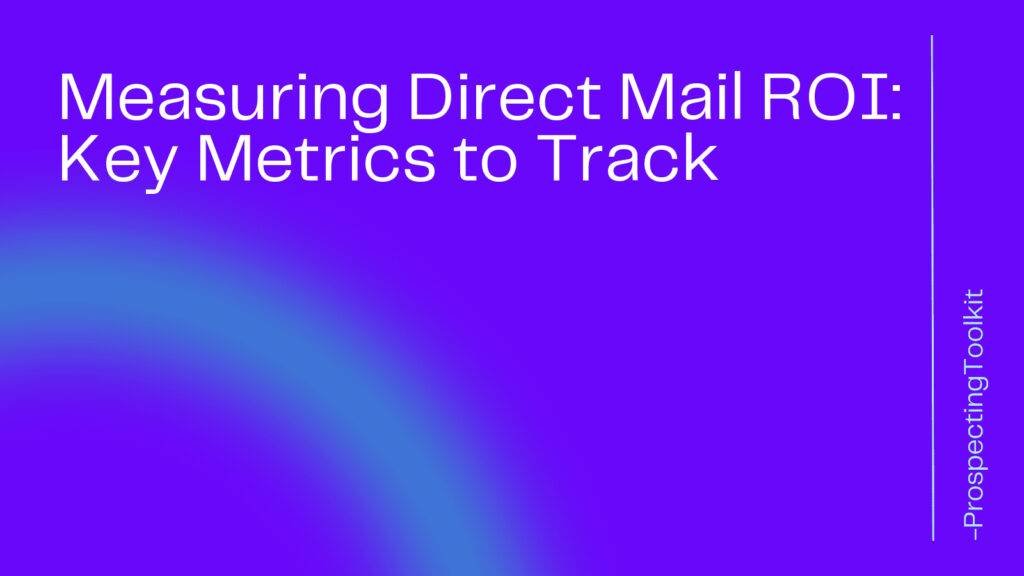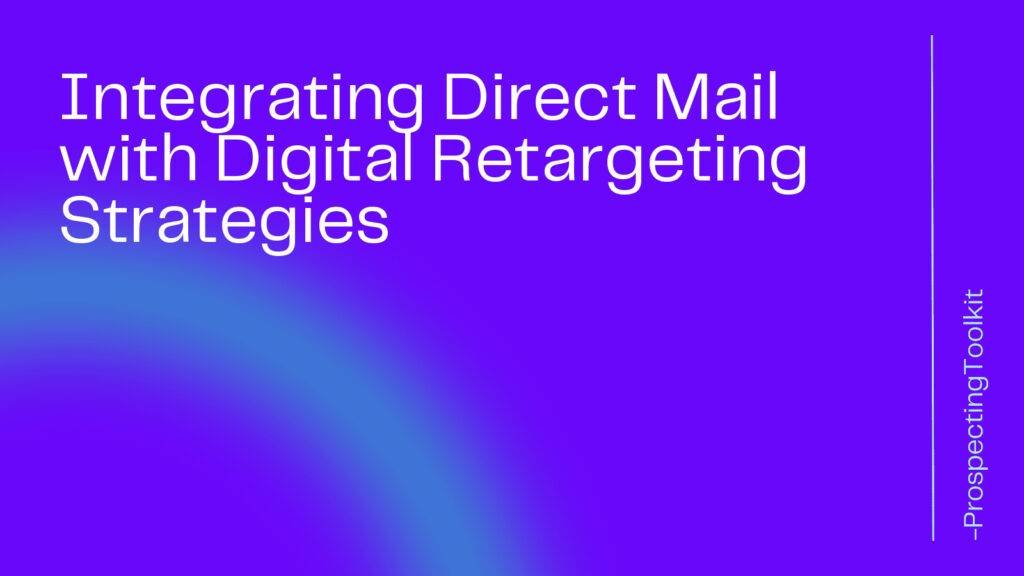Table of Contents
ToggleIntroduction to the CAN-SPAM Act of 2003
The CAN-SPAM Act of 2003 is a legislation that sets the rules for commercial email, establishes requirements for sending commercial messages, and gives recipients the right to opt out of receiving such emails.
It was enacted by the United States Congress to regulate and reduce the amount of unwanted spam email.
Overview of the CAN-SPAM Act and its purpose
The main purpose of the CAN-SPAM Act is to protect consumers from deceptive and unsolicited commercial messages.
It requires businesses to be transparent in their email marketing practices, providing clear identification of the sender, accurate subject lines, and a valid physical address.
The act also prohibits the use of misleading or false information in the content of the emails.
Definition of commercial messages and its scope
The CAN-SPAM Act defines commercial messages as any electronic mail communication that primarily promotes a product or service.
This includes promotional emails, newsletters, and advertisements sent to recipients with a commercial intent.
The Act applies to all commercial messages, regardless of whether they are sent in bulk or individually.
Key enforcement agency: The Federal Trade Commission (FTC)
The Federal Trade Commission (FTC) is the primary enforcement agency responsible for enforcing the CAN-SPAM Act.
They have the authority to investigate and take legal action against companies that violate the act’s provisions.
The FTC may impose penalties, including fines and injunctions, on businesses that fail to comply with the regulations set forth by the CAN-SPAM Act.
It is essential for businesses to familiarize themselves with the requirements to ensure compliance and maintain a positive reputation in their email marketing efforts. [1][2][3][4][5][6]
Understanding the Requirements of the CAN-SPAM Act
Compliance with CAN-SPAM: Essential guidelines for businesses
The CAN-SPAM Act of 2003 is a federal law that sets the rules for commercial email messages. It aims to protect consumers and regulate the sending of unsolicited emails.
When it comes to compliance, businesses should follow a few essential guidelines:
- It is important to ensure that the emails sent have a clear and accurate “From” line.
- The subject line should clearly reflect the content of the email.
- Businesses must provide a valid physical postal address in every email.
- It is crucial to clearly indicate that the email is an advertisement if that’s the case.
Prohibition of false or misleading header information
The CAN-SPAM Act prohibits the use of false or misleading header information in email communications.
This means that businesses should not use deceptive tactics, such as using misleading subject lines or forging the “From” or “Reply-To” information.
By adhering to this requirement, businesses can maintain transparency and build trust with their recipients.
Opt-out mechanism and honoring recipient’s preferences
One of the key aspects of the CAN-SPAM Act is the requirement for businesses to include an opt-out mechanism in their emails.
This allows recipients to unsubscribe from future email communications.
It is crucial for businesses to promptly honor these requests and ensure that recipients are removed from the mailing list within 10 business days.
By respecting the preferences of recipients, businesses can maintain a positive reputation and comply with the law.
Overall, understanding and adhering to the requirements of the CAN-SPAM Act is vital for businesses to engage in ethical and compliant email marketing practices. [7][8][9][10][11][12]
Penalties and Consequences for Violating the CAN-SPAM Act
The CAN-SPAM Act of 2003 was enacted to protect consumers from unsolicited commercial email.
Violating this legislation can lead to significant penalties and consequences for businesses.
Monetary penalties: Understanding the financial repercussions
Businesses that violate the CAN-SPAM Act may face hefty fines.
The Federal Trade Commission (FTC) can impose penalties of up to $43,280 per email violation.
For example, if a company sends out 1000 non-compliant emails, the potential fine can amount to $43,280,000.
These financial consequences underscore the importance of adhering closely to the Act’s requirements.
Civil and criminal penalties for severe violations
In addition to monetary penalties, severe violations of the CAN-SPAM Act can result in both civil and criminal penalties.
Civil penalties can include injunctions, asset freezes, or other remedies, while criminal penalties can include imprisonment for intentional violations like identity theft or aggravated fraud.
Recent enforcement actions and notable cases
The FTC actively enforces the CAN-SPAM Act, and there have been notable cases in recent years.
For example, in 2020, the FTC settled a case against a company for sending deceptive marketing emails, resulting in a $2 million settlement.
These enforcement actions serve as a reminder to businesses to stay vigilant about their email marketing practices and maintain compliance with the Act.
The penalties and consequences for violating the CAN-SPAM Act are significant.
Businesses should invest time and resources into understanding and implementing the Act’s requirements to avoid potential legal and financial repercussions. [13][14][15][16][17][18]
Maintaining Compliance with the CAN-SPAM Act
The CAN-SPAM Act of 2003 is a law that sets the rules for commercial emails and gives recipients the right to stop receiving unwanted emails.
To ensure your business is in compliance with this act, here are some best practices to follow:
Best practices for businesses to ensure adherence
- Include clear identification: Clearly identify yourself as the sender of the email.
- Provide a clear opt-out option: Make it easy for recipients to opt out of receiving future emails with a visible and easy-to-use unsubscribe link.
Cold email strategies that align with CAN-SPAM requirements
- Always get permission: Before sending any commercial email, obtain permission from the recipient.
- Include accurate headers and subject lines: Use accurate header information and avoid deceptive subject lines.
Regular monitoring and updating of compliance measures
- Monitor compliance: Regularly check that your business is adhering to the requirements of the CAN-SPAM Act.
- Stay informed: Keep up to date with any changes or updates to the CAN-SPAM Act to ensure continued compliance.
By following these best practices and keeping updated with the requirements of the CAN-SPAM Act, businesses can maintain compliance and build trust with their email recipients. [19][20][21][22][23][24]
Conclusion
Importance of understanding and complying with the CAN-SPAM Act
For businesses operating in the digital realm, understanding and complying with the CAN-SPAM Act of 2003 is of utmost importance.
This legislation sets guidelines for commercial email messages and aims to protect consumers from spam and deceptive marketing practices.
By adhering to the Act’s requirements, businesses can build trust with their audience and avoid legal repercussions.
Acknowledging the role of businesses in combating spam and protecting consumers
The CAN-SPAM Act recognizes that businesses play a crucial role in the fight against spam.
By implementing policies and practices that align with the Act’s guidelines, businesses can contribute to a safer online environment. This includes obtaining permission before sending commercial emails, providing clear opt-out options, and including accurate header information.
Encouraging responsible cold email practices for a safer online environment
Cold email outreach can be a valuable tool for businesses, but it must be done responsibly.
The CAN-SPAM Act sets regulations for cold emails, ensuring that they are not deceptive or misleading.
By following these guidelines and respecting recipients’ preferences, businesses can maintain positive relationships with potential customers and foster a safer online environment. [25][26][27][28][29][30]







